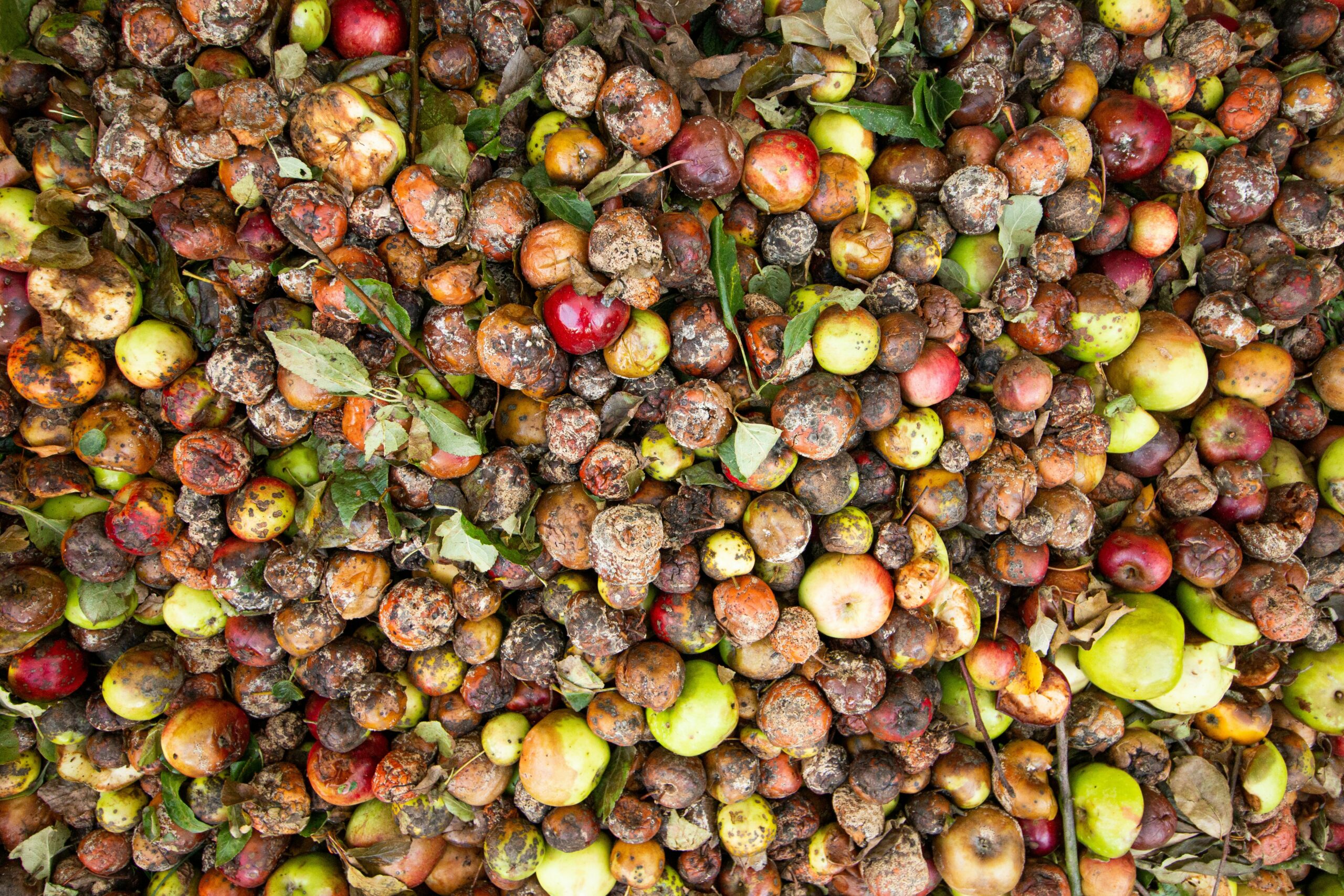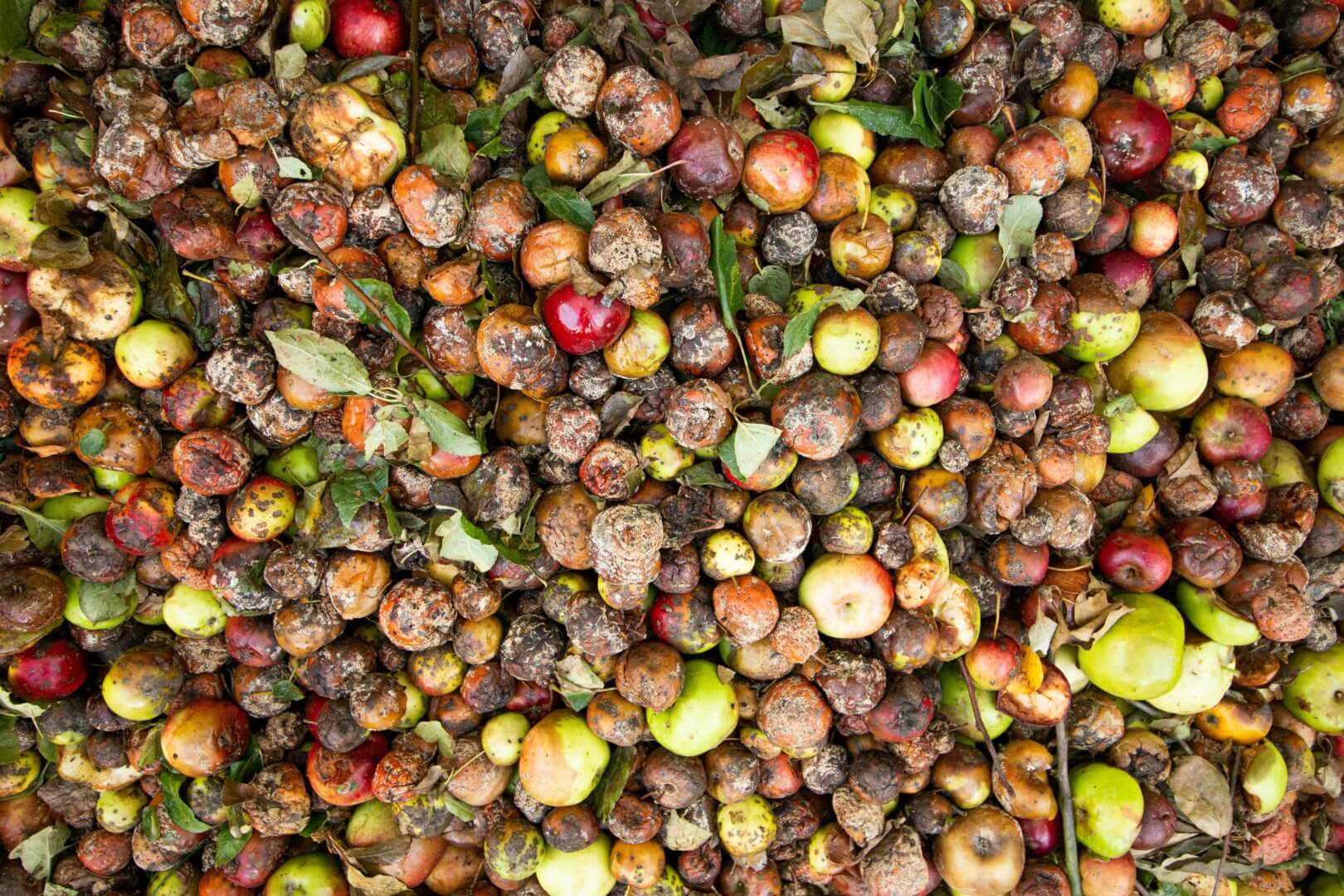Thanksgiving is approaching fast; everyone travels to reach their loved ones and pre-orders an army’s worth of food. As people scroll through the best Thanksgiving deals, it may cross only a few minds that this holiday can become more sustainable without losing all the typical Thanksgiving traditions.
So, how do we make Thanksgiving more sustainable? In this article, we focus on a few habits that can be improved and instantly create a huge impact on sustainability.
Choose sustainable transportation
Thanksgiving usually means going back home and spending time with your family. Unfortunately, home is on the other side of the country for many.
In the US, this means traveling long distances. For most cross-country travel, flying is the fastest and cheapest option. The alternative to flying is either taking a train, a bus, or driving – with this last option being the least ideal from an environmental point of view.
So what to choose? For transcontinental travel – coast to coast – air travel is the only feasible option, but could trains, busses, or cars be an alternative for medium distances – up to 400/500 miles?
In short, the answer is yes if you are traveling in an area served by trains. It is also the best option if you are traveling by yourself. Trains are also the best choice because they are safer, especially over long distances, and using public transport is also the best way to show support for expanding public transport.
If you have an electric vehicle, a few traveling companions, or carpooling with someone else, cars could be a sustainable option, as well.
RELATED ARTICLES: Greenwashing Is Trending, but It Shouldn’t Be! | What Will E-Transport Look Like in 10 Years? | Who Cares About Sustainable Christmas Decorations?
Avoid food waste
Every Thanksgiving, Americans discard about six million turkeys, resulting in an annual waste of 200 million pounds of meat, including unsold goods and leftovers. Only 6% of Thanksgiving food waste is recycled. Additionally, out of the 200 million pounds of turkey waste produced annually, only 12 million are composted.
With proper planning and care, it is possible to reduce waste during the holidays and achieve a more sustainable Thanksgiving.
Buy less food (if you don’t need it)
Considering that the majority of food waste during Thanksgiving happens at the store level, what consumers could do? While consumers cannot control the excessive production of food, reducing food waste on a personal level can contribute to a more sustainable holiday.
Just because food producers and retailers are producing too much food, it doesn’t mean we have to buy it. Thanksgiving was always a holiday of abundance, but abundance doesn’t have to mean wasteful.
The secret is planning. Check if guests will bring something of their own, and try to know how many seats you’ll have at the table. Avoid leftovers, or at least keep some reusable containers ready for use in the kitchen.
Buy different food
Many people view Thanksgiving as a time to prepare a large feast for their loved ones to show appreciation, but this gesture could be expressed more meaningfully.
If the first thing that comes to mind is a table overflown with food, you’re not alone. But there’s a difference between great food and too much food. Instead of buying a whole 20-pound turkey for three or four guests, try getting smaller portions from a local farmer. It might be more expensive per weight, but avoiding food waste is bound to save you some money.
Food transportation is a huge burden on the environment. According to data, moving food across nations makes up nearly half of every road vehicle emission. Getting locally grown turkeys might be a start to more sustainable food habits all year long.
Donate uncooked food you don’t need
It’s hard to guess how much food we’re going to need. Understandably, when in doubt, most people exaggerate. They get more than what is necessary, and inevitably, they end up eating more compared to a normal day.
If you’ve realized you will never be able to eat all the food you just bought, consider donating it. Last year, almost 50 million people have used food banks. The no-profits fighting against food insecurity are struggling more than ever.
You can donate uncooked food, especially canned food, at your local food bank. There are a lot of websites for finding food banks near you, like this one from Feeding America.
By simply taking these three steps: choosing sustainable transportation, avoiding food waste, and donating the food you don’t need, you can immediately make your Thanksgiving more sustainable, and for sure more meaningful.
Editor’s Note: The opinions expressed here by the authors are their own, not those of Impakter.com — In the Featured Photo: A Thanksgiving party on a wooden table. Featured Photo Credit: Spencer Davis.














